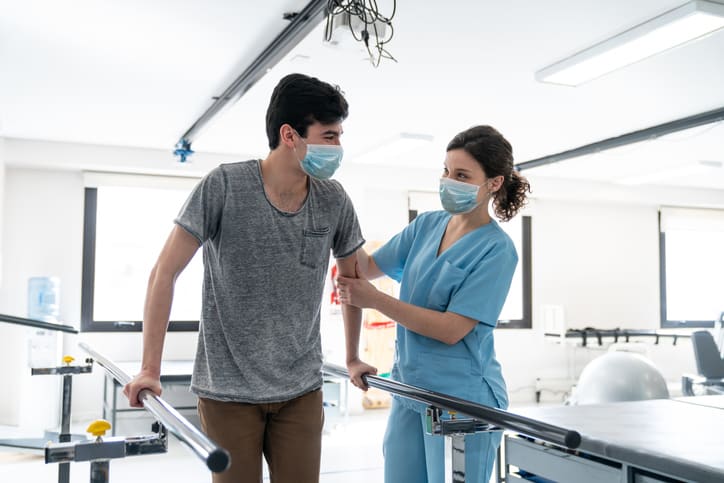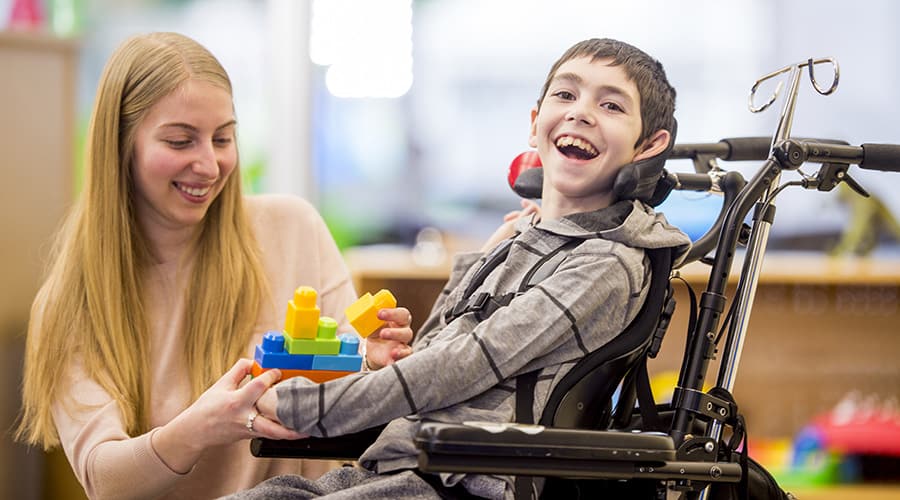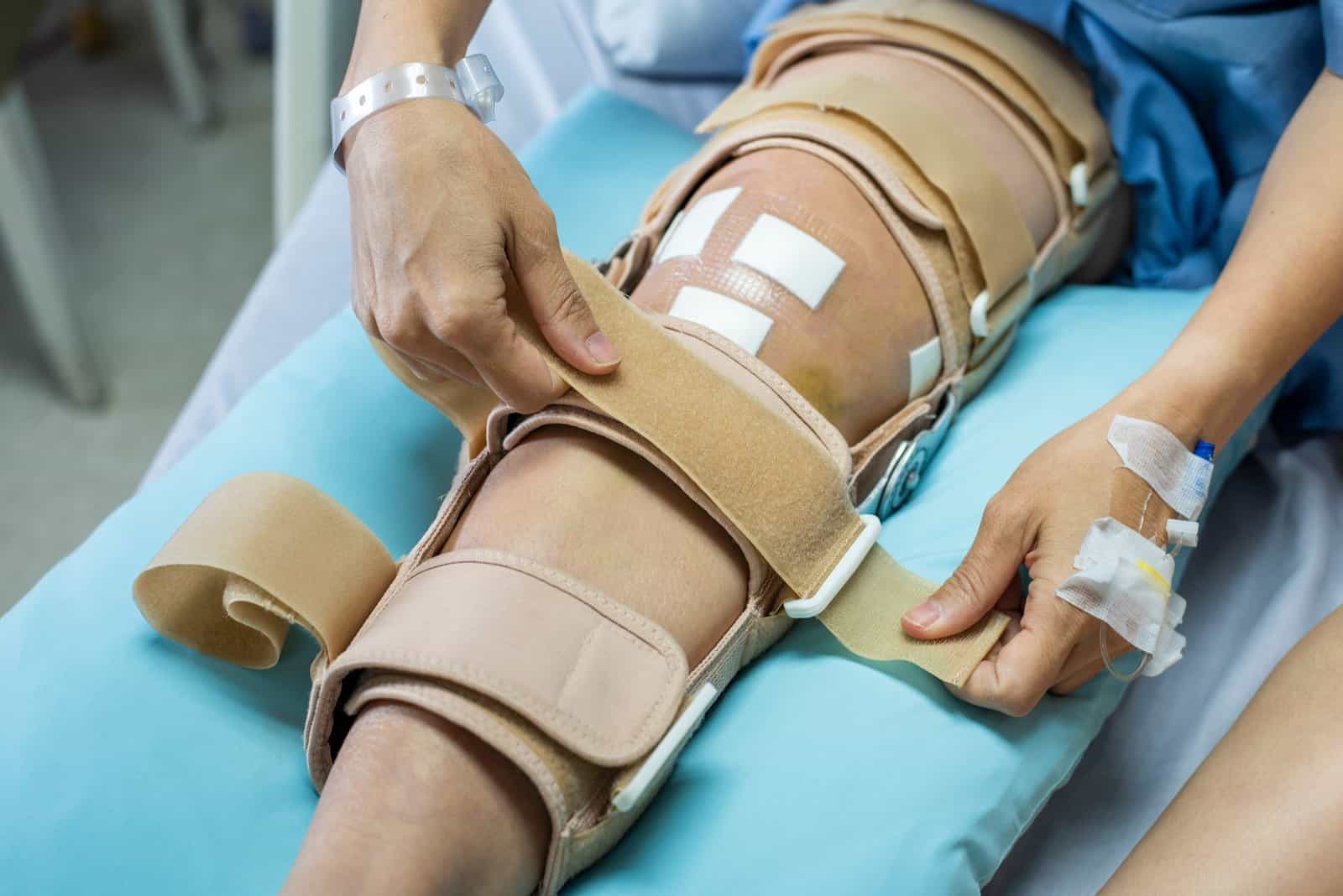References
1. Alzheimer’s Association. www.alz.org
2. American Association for Geriatric Psychiatry (2003). Caring for the Alzheimer’s disease patient. Retreived from http://www.aagponline.org/index.php?src=gendocs&ref=caregiving&category=Foundation
3. Alzheimer’s Foundation of America (2015). Education and care. Retrieved from http://www.alzfdn.org/EducationandCare/musictherapy.html
4. Matthews, S. (2015). Dementia and the Power of Music Therapy. Bioethics. 29(8),573-579.
5. TimeSlips: http://www.timeslips.org/
6. Grabowski, T. J., & Damasio, A. R. (2004). Definition, clinical features, and neuroanatomical basis of dementia. In Esiri, M., Lee, V., and Trojanowski, J. (Eds). Neuropathology of dementia (2nd edition, pp. 1-10). UK: Cambridge University Press.
7. American Speech and Hearing Association (n.d.). Dementia. Retrieved from http://www.asha.org/public/speech/disorders/dementia/
8. Frank, E. M. (1994). Effect of Alzheimer’s disease on communication function. Journal of the South Carolina Medical Association (1975), 90(9), 417-423.
9. Mummery, C. J., et al. (2000). A voxel-based morphometry study of semantic dementia: relationship between temporal lobe atrophy and semantic memory. Annals of neurology, 47(1), 36-45.
10. Phillips, L. J., Reid-Arndt, S. A., & Pak, Y. (2010). Effects of a creative expression intervention on emotions, communication, and quality of life in persons with dementia. Nursing research, 59(6), 417.
11. Fritsch, T., et al (2009). Impact of TimeSlips, a creative expression intervention program, on nursing home residents with dementia and their caregivers. The Gerontologist, 49(1), 117-127.
12. Van de Winckel, A., Feys, H., De Weerdt, W., & Dom, R. (2004). Cognitive and behavioural effects of music-based exercises in patients with dementia. Clinical Rehabilitation, 18(3), 253-260. doi:10.1191/0269215504cr750oa
13. Tuppen, J. (2012). The benefits of groups that provide cognitive stimulation for people with dementia. Nursing Older People, 24(10), 20-24.
14. Steele, R. (2008). Music & Aphasia Rehab.Reteived from http://speech-language-pathology-audiology.advanceweb.com/Article/Music–Aphasia-Rehab.aspx
15. Brotons, M., & Koger, S. M. (2000). The impact of music therapy on language functioning in dementia. Journal of music therapy, 37(3), 183-195. http://www.chinamusictherapy.org
16. Blackburn, R., & Bradshaw, T. (2014). Music therapy for service users with dementia: a critical review of the literature. Journal Of Psychiatric And Mental Health Nursing, 21(10), 879-888. doi:10.1111/jpm.12165
17. Zientz, J., et al. (2007). Evidence-based practice recommendations for dementia: Educating caregivers on Alzheimer’s disease and training communication strategies. Journal of Medical Speech-Language Pathology, (15), liii-lxiv.
18. Carozza, L. (Ed.). (2015). Communication and Aging: Creative Approaches to Improving the Quality of Life. Plural Publishing.
Resources
Roark A, Roark E (1979). Group structure: components and effects. Journal for Specialists in Group Work. 4, 4, 186-197.
Spector, A., et al. (2003). Efficacy of an evidence-based cognitive stimulation therapy programme for people with dementia. The British Journal of Psychiatry, 183(3), 248-254.
Vink, A. C., et al. (2013). The effect of music therapy compared with general recreational activities in reducing agitation in people with dementia: a randomised controlled trial. International Journal Of Geriatric Psychiatry, 28(10), 1031-1038 8p. doi:10.1002/gps.3924
Yuill, N., & Hollis, V. (2011). A systematic review of cognitive stimulation therapy for older adults with mild to moderate dementia: an occupational therapy perspective. Occupational Therapy International, 18(4), 163-186.





